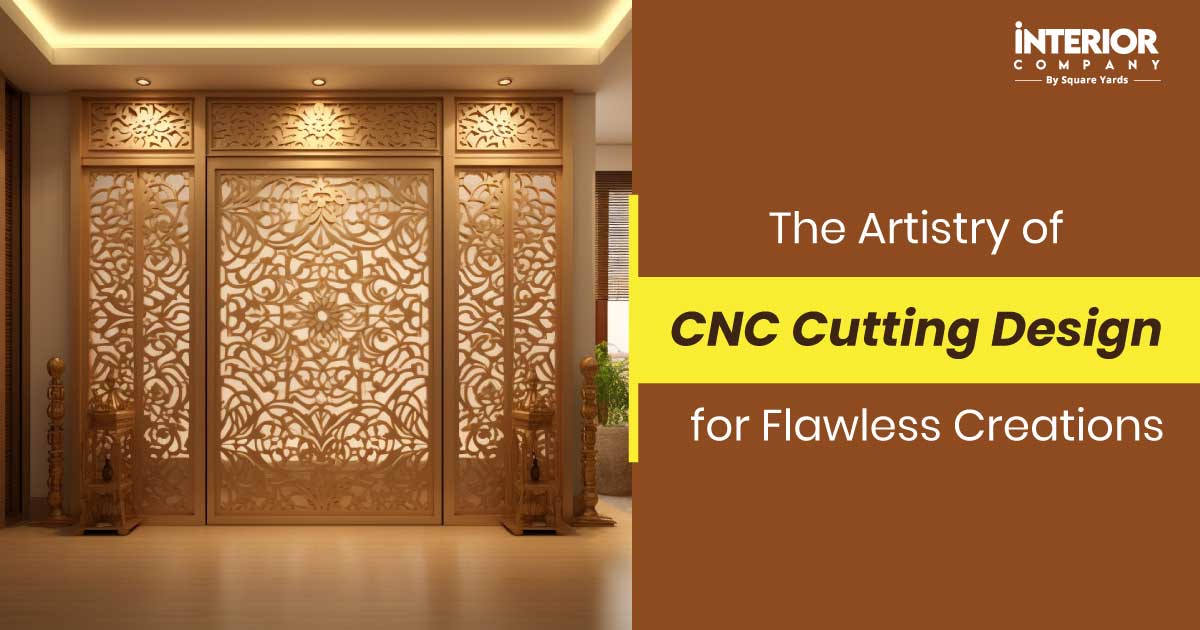CNC, or computer numerical control, may sound technical at first, but in the hands of a creative mind, it becomes an artist’s scalpel. With its precision, consistency, and limitless adaptability, CNC design is reshaping everything from room dividers and wall panels to jali windows, furniture accents, and even ceilings. It’s the kind of design element that doesn’t just sit there looking pretty; it works hard behind the scenes.
But make no mistake. This isn’t just about gorgeous patterns and intricate motifs (though there are plenty of those). What CNC offers is a new language for space: one that speaks of smart space management, natural light flow, privacy without isolation, and above all, a level of personalisation that makes a house truly feel like home. It’s a perfect marriage of form and function, where aesthetics meet utility, and tradition finds harmony with modern sensibility.
Let’s explore fresh and practical ideas that go beyond the usual CNC jali or corridor divider. Here is how to rethink this craft through a modern lens.
The Entryway Pause #1 Framing without Closing
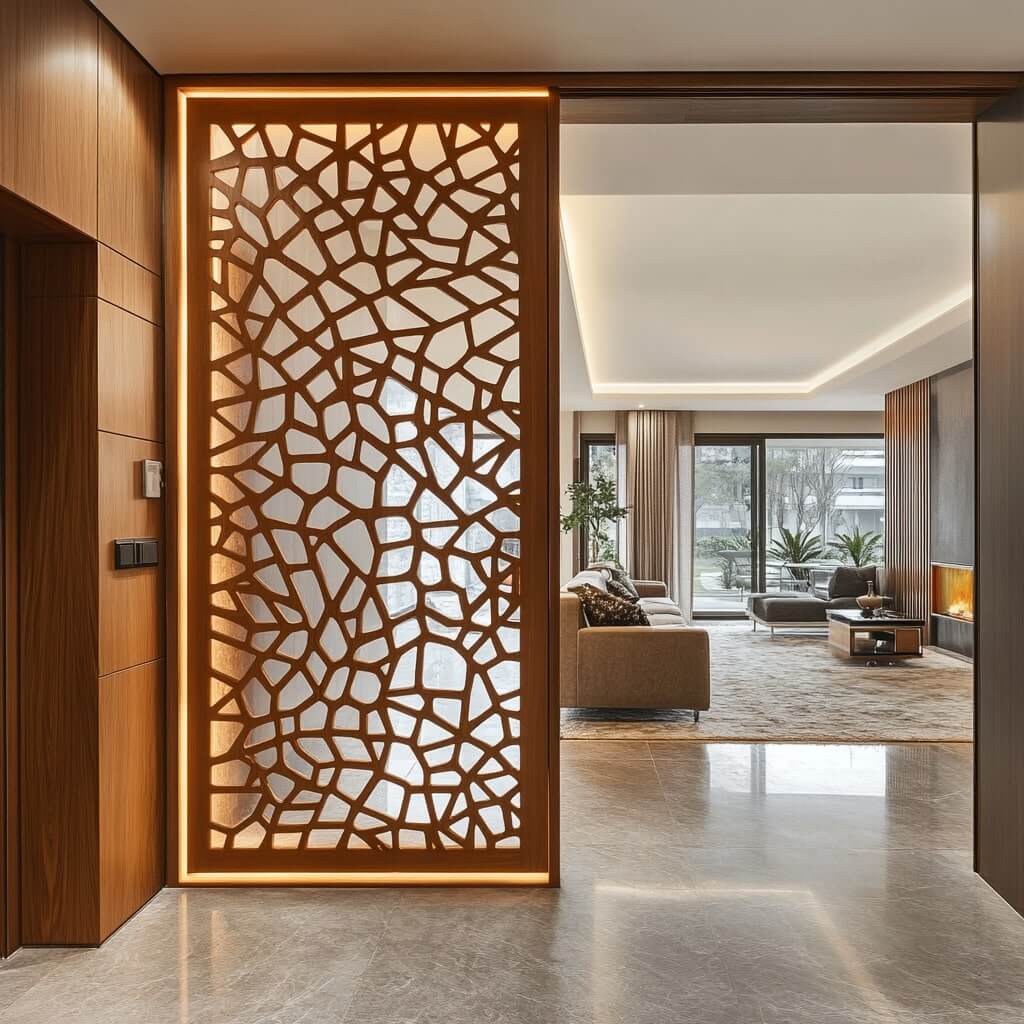
Most modern flats open straight into a living area. Instead of a full wall or a heavy console, a slim vertical CNC panel near the entrance can act as a visual buffer. Choose a pattern that is semi-open, not ornamental. Wood or WPC CNC cutting designs in muted tones work well here. It sets the tone without calling for attention.
That Wasted Under #2 Stair Wedge? Highlight It
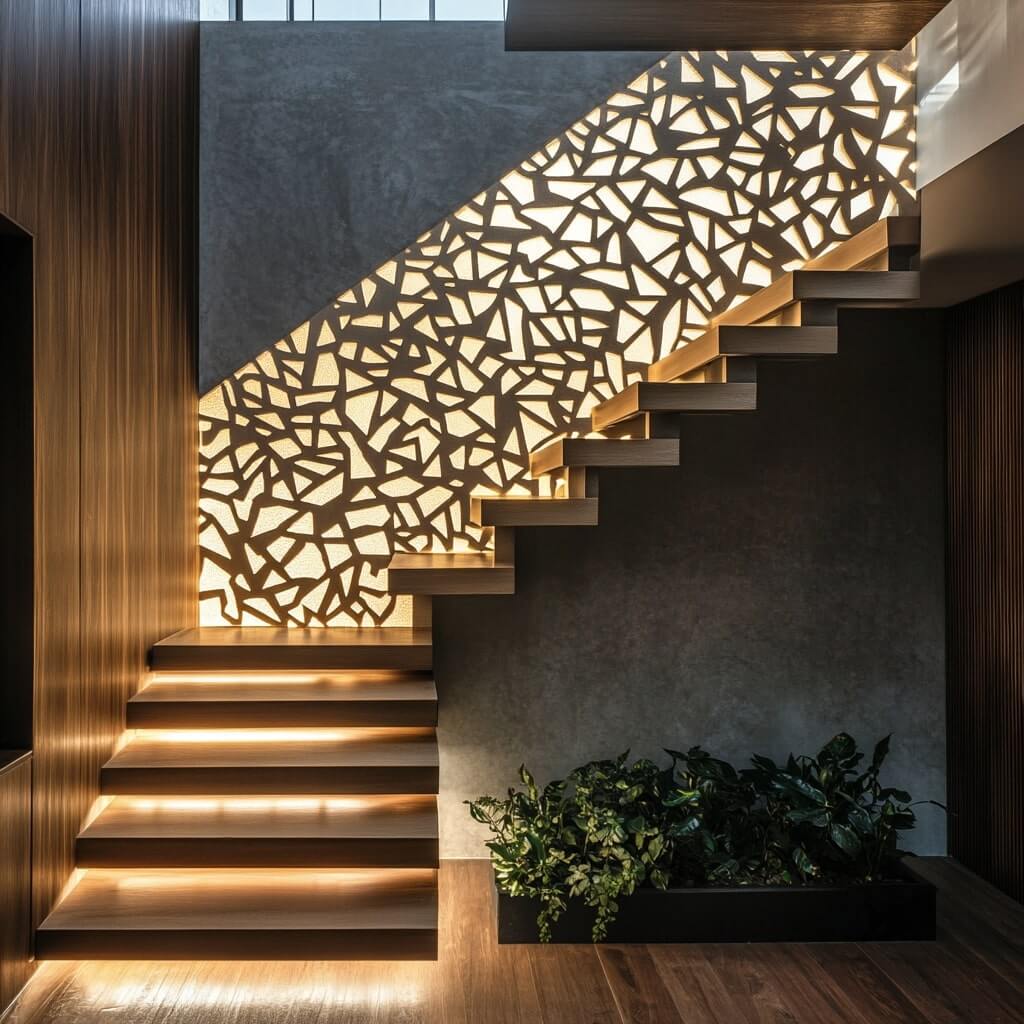
Space beneath staircases is often neglected. A textured CNC cutting sheet with a backlight can instantly turn this space into a soft-lit focal point. The play of light through the pattern creates shadow movement. It can also double up as a display or shoe console screen, giving functionality without adding bulk.
Built-In Artwork #3 Niche Panels that Do Not Need Frames

Instead of hanging frames, carve the art into the wall. Install a recessed CNC design for the wall in powder-coated metal or layered acrylic. This works well in dining passages or as a soft backdrop for open living spaces. Match the tone of your flooring or ceiling to ensure a smooth transition.
CNC Jali Screens #4 for Odd Corners
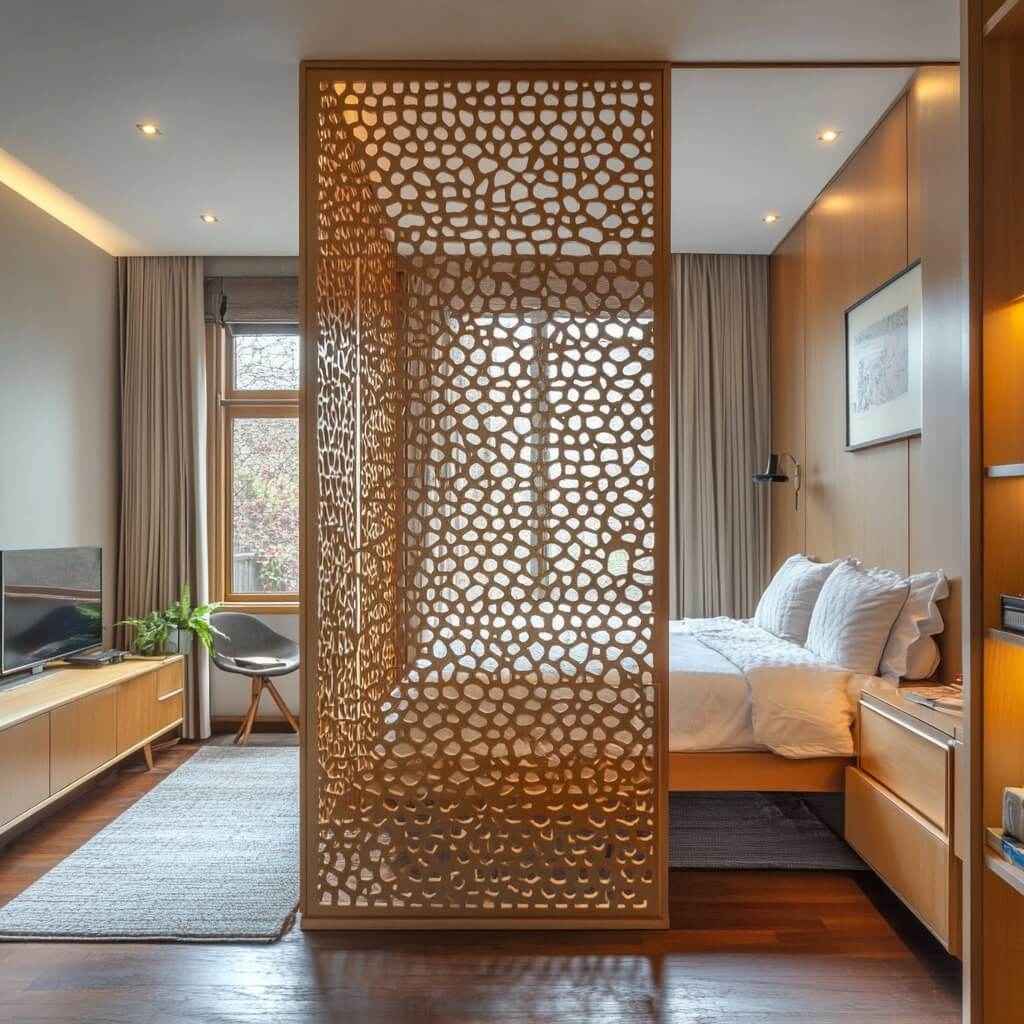
Have you ever needed a little more division around the dressing zone in your bedroom, or between a study nook and the living area? A short CNC partition wall might be the simplest answer. It avoids the visual weight of a solid screen, allowing ventilation and visibility where needed.
Modular Furniture #5 with CNC Cutting Design
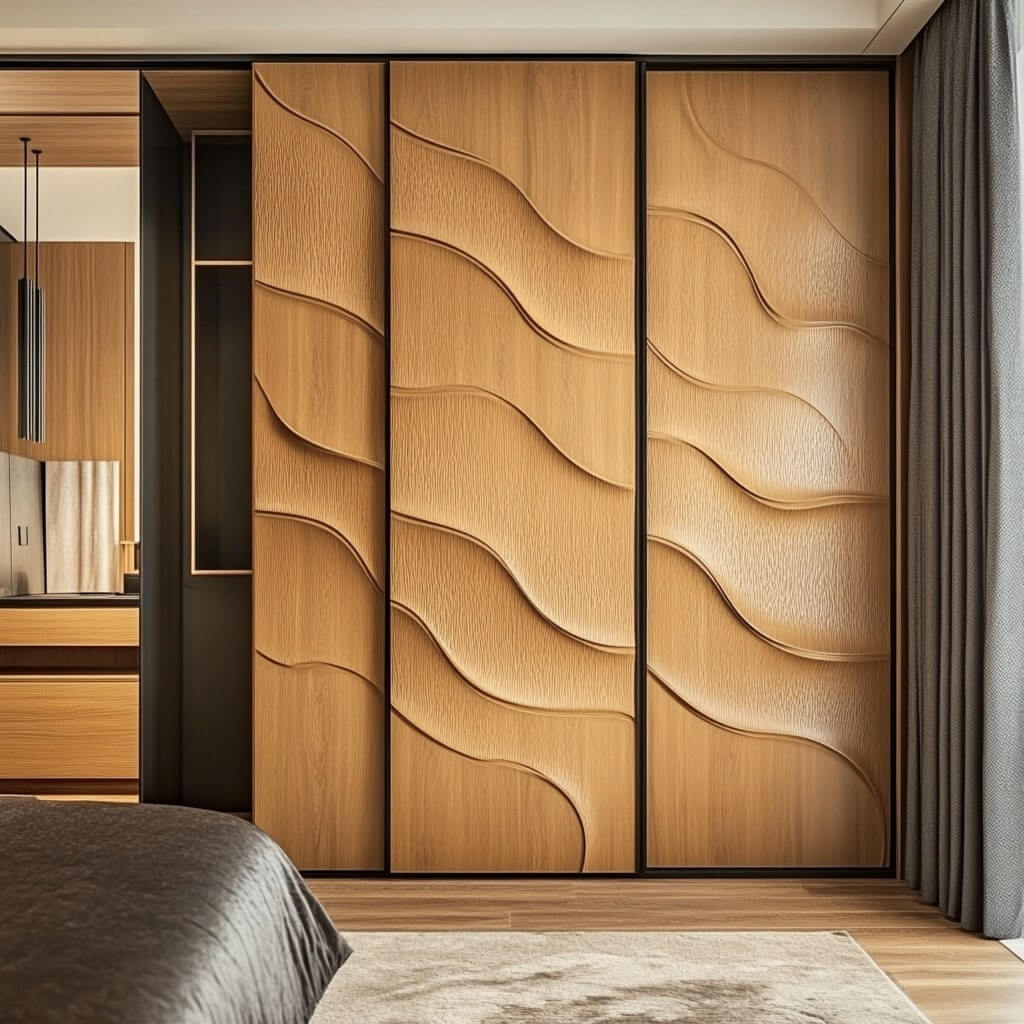
Standard modular furniture often lacks detail. Try adding a CNC panel design to wardrobe shutters or the upper panel of kitchen units. These can be mirrored, wood-toned, or even layered with fabric behind for extra depth. This approach gives character to otherwise plain modular setups.
Ceilings #6 with CNC Sheet Design
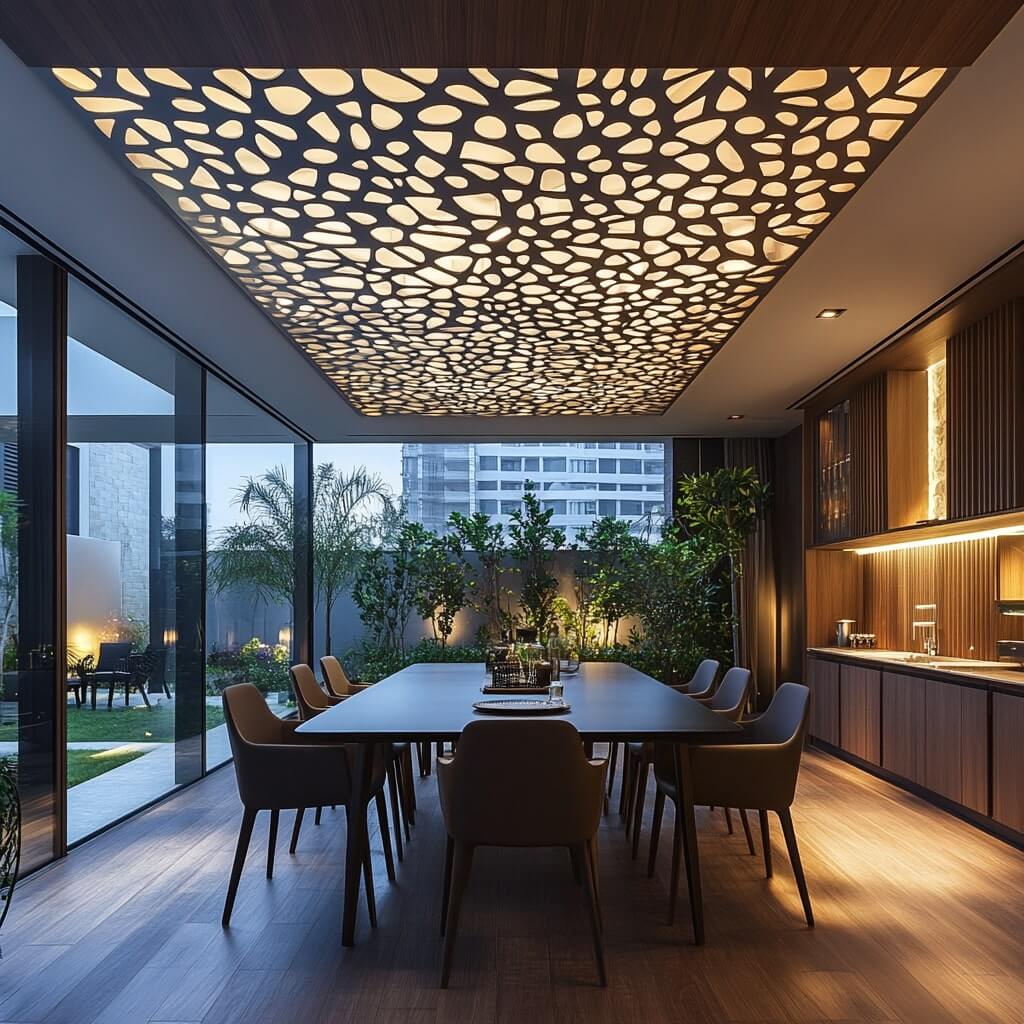
A large backlit ceiling piece using CNC sheet design adds ambient lighting without harsh fixtures. This is especially useful in dining rooms and lounges. Choose floral or geometric patterns that match the room’s furniture lines. It is also energy-efficient when used with diffused LED strips.
Balcony Screens #7 with CNC Design
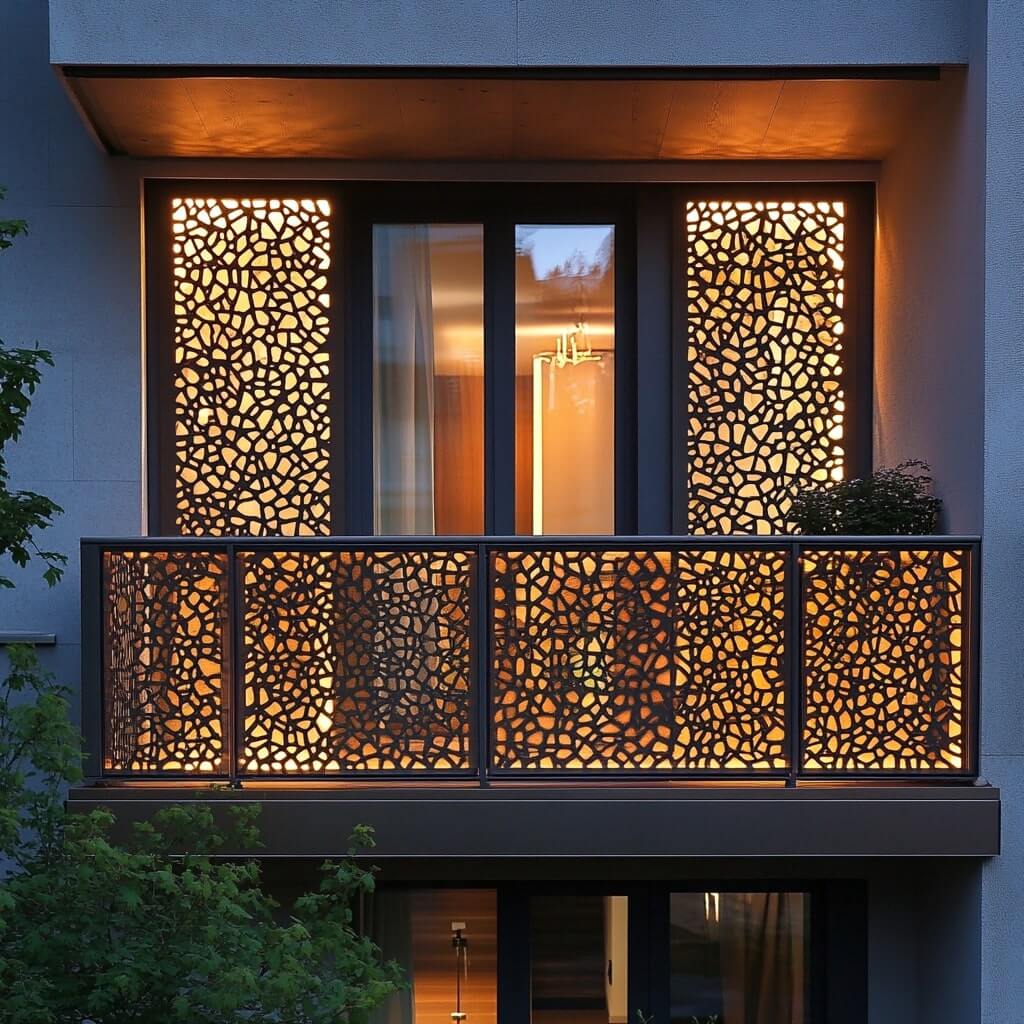
Install a weatherproof CNC cutting design for kitchen windows or balconies. These not only offer privacy but can be illuminated from behind for a soft glow at night. Select UV-treated materials for enhanced longevity, particularly if the panels are exposed to rain and direct sunlight.
Semi-Open Kitchens #8 with CNC Jali
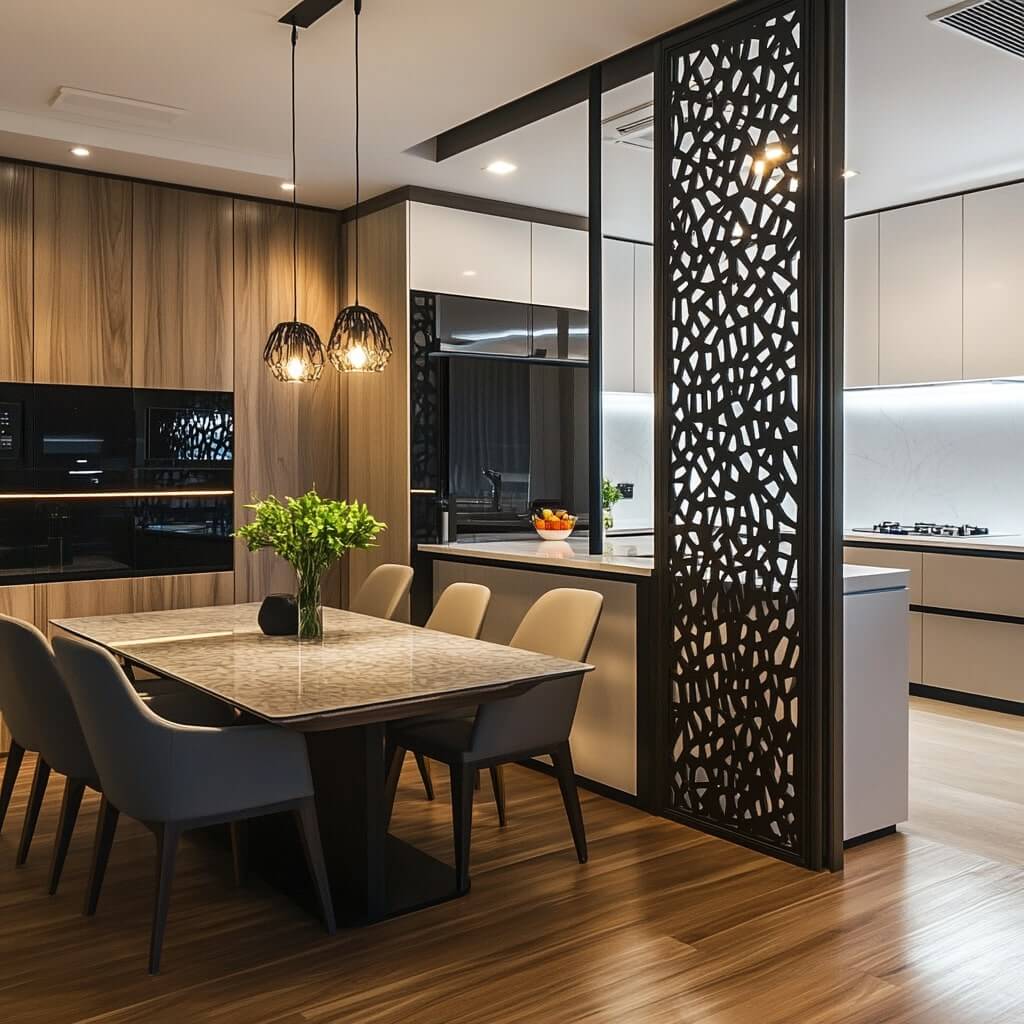
Many urban homes now use open kitchen formats. If you are not keen on a full wall, a modern CNC partition design between the cooking zone and the dining area offers just enough separation. Match it to the cabinetry or flooring tone for visual cohesion.
Exterior Patterns #9 with CNC Cutting Design

Repeating the same CNC design for the gate that you have used in your living room divider or CNC wall panel gives the home a unified look. This especially works well in duplexes and villas, where the gate, grills, and staircase railing can carry a single, unified design thread.
Wardrobes #10 with CNC Sheet Inserts
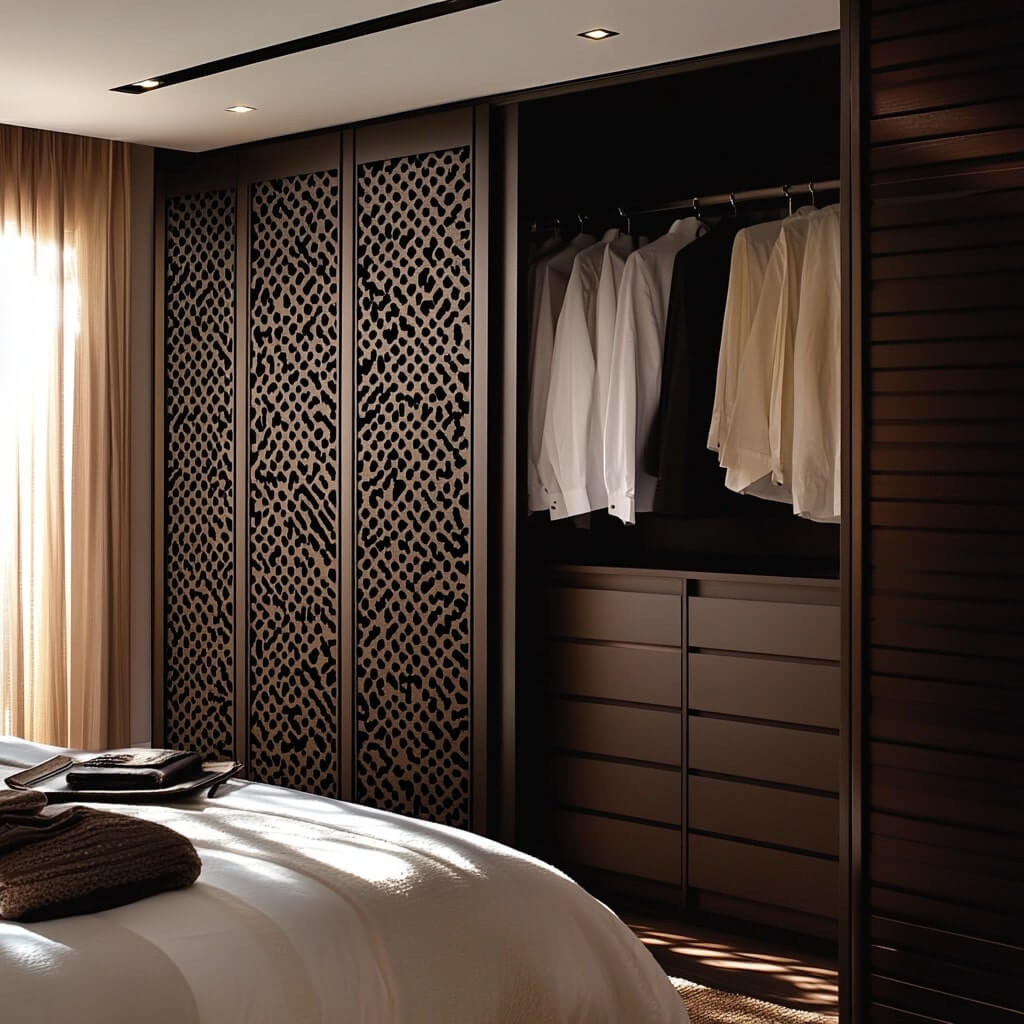
Shutters of floor-to-ceiling wardrobes look imposing. Introducing narrow strips of CNC design in alternating shutters can break that block. For instance, three full shutters and one patterned insert work better than a symmetrical arrangement. Consider steel CNC designs if the room’s palette is monochrome or features metal accents.
Utility #11 Rooms with CNC Design
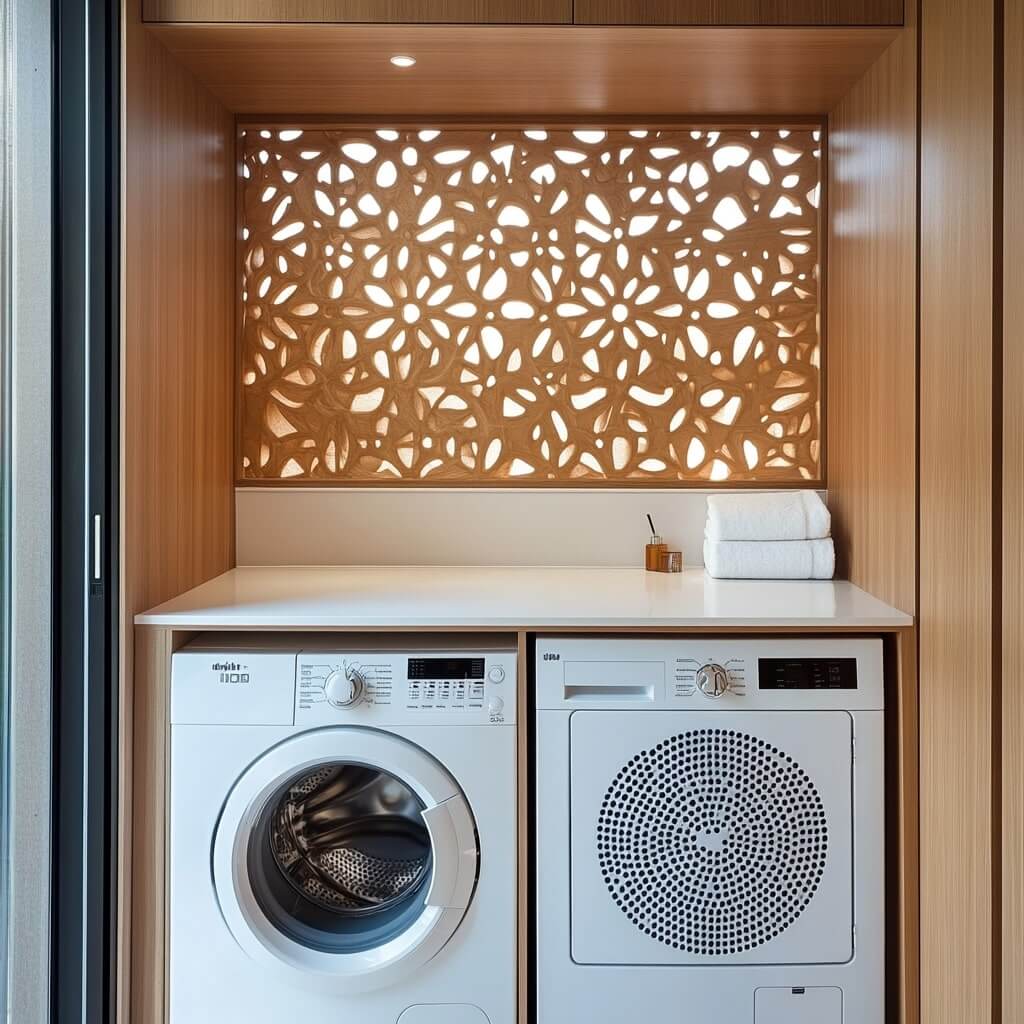
A laundry area with a patterned CNC cutting sheet above the counter not only looks better, it also subtly hides plumbing lines or wires. In studio flats or compact homes, it becomes an instant style cue in what would otherwise be a plain corner.
AC Panels with #12 CNC Cutting Detail
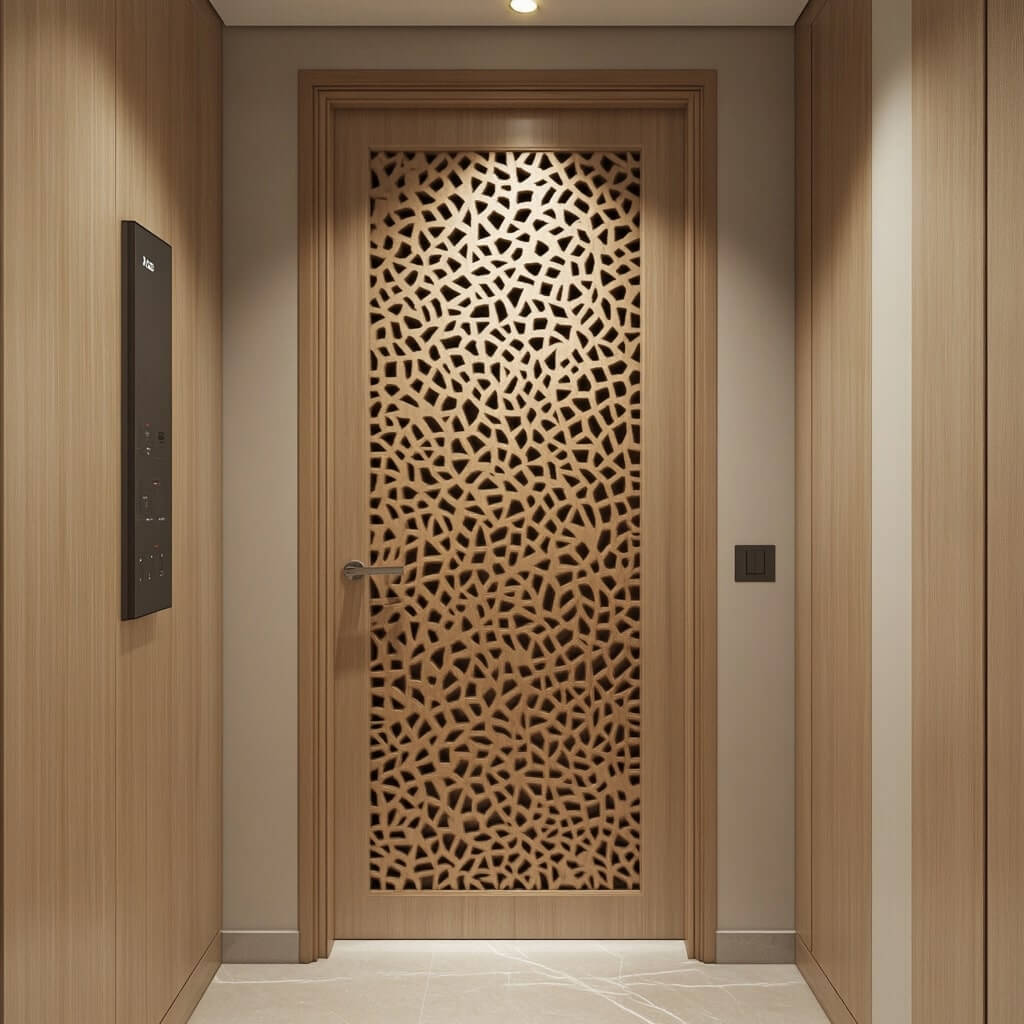
Yes, even your AC door or vent panel can become a design feature. A simple CNC interior design on MDF or metal can blend the vent into the overall room aesthetic. Instead of looking like an add-on, it becomes a hidden part of your ceiling or cupboard.
Furniture Accents #13 with CNC Jali Work
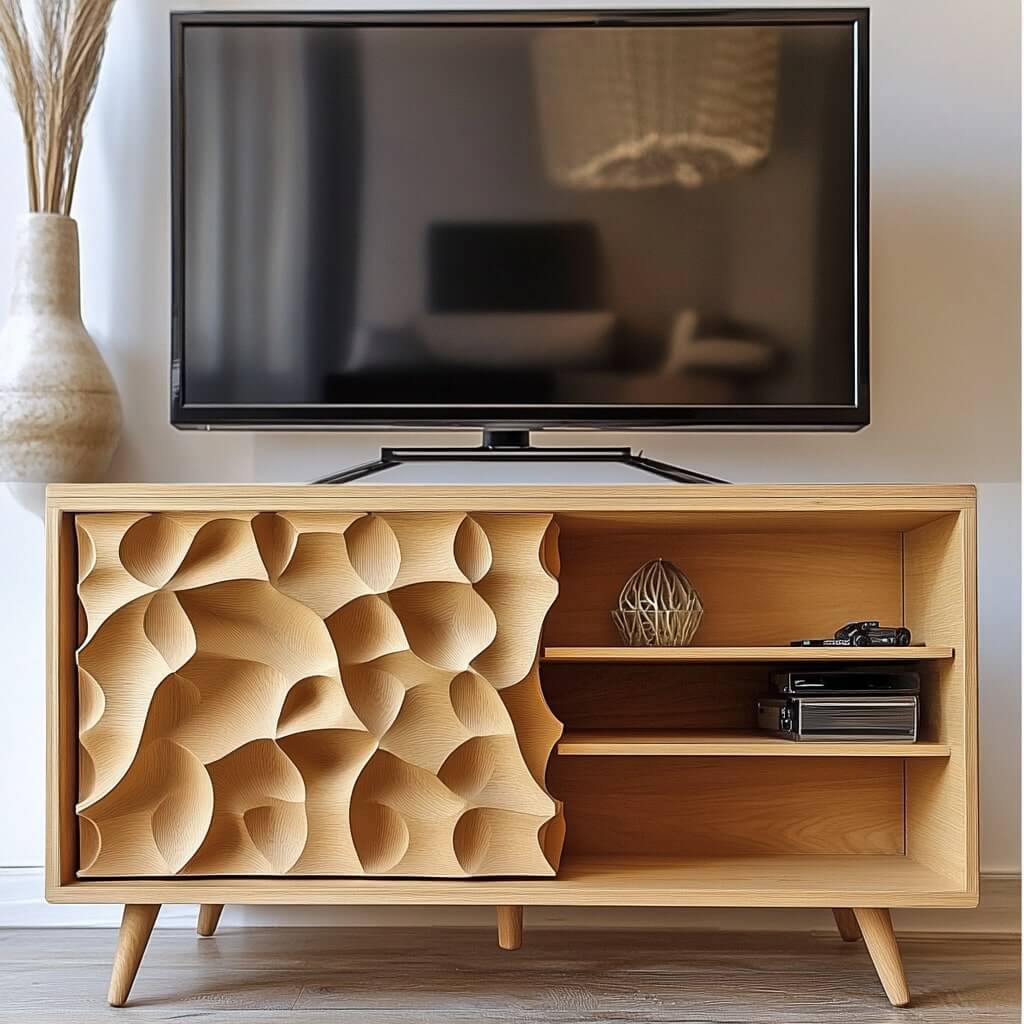
From side tables to media units, smaller pieces of furniture can carry a hint of CNC work design to tie them to the larger theme. Avoid overuse; sometimes, just the drawer fronts or side panels are enough. Less is more when the pattern is precise.
Custom Doors #14 with CNC Design
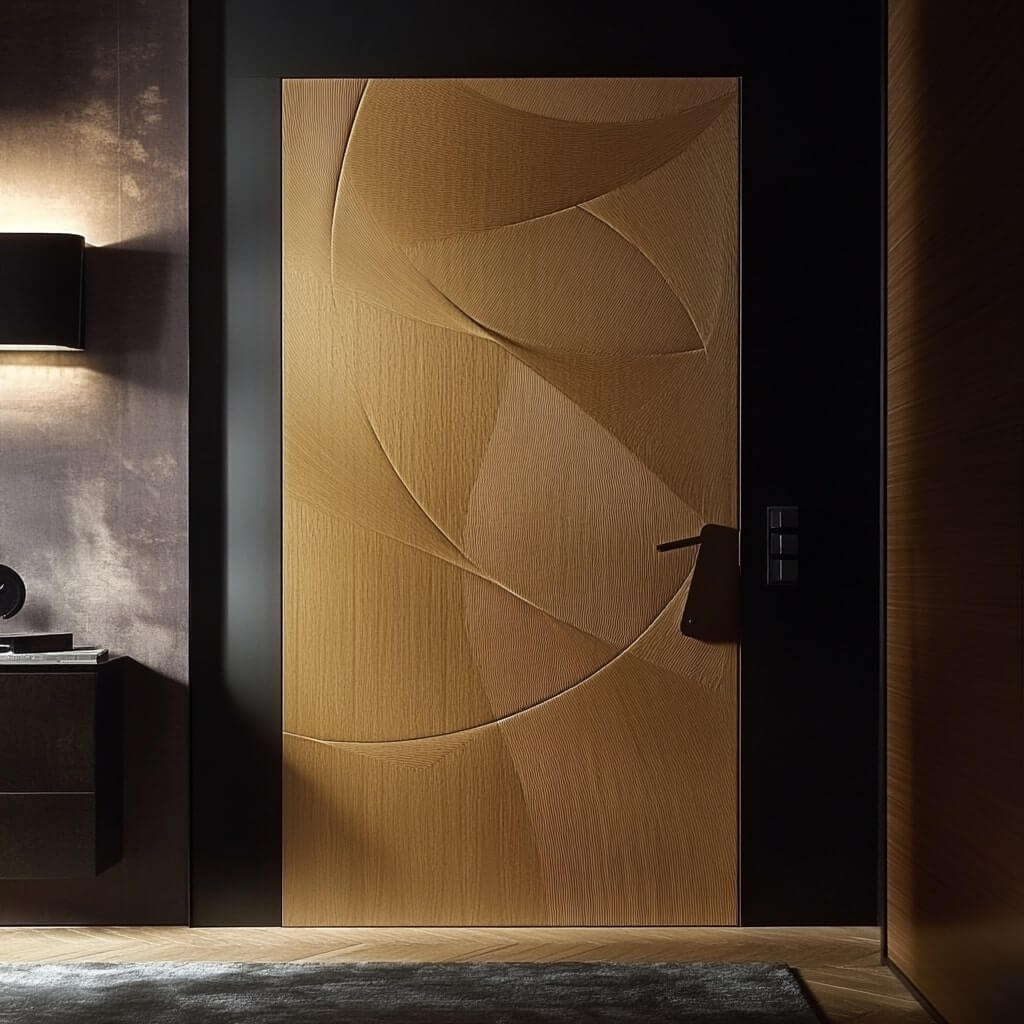
A plain flush door can be instantly transformed into a modern CNC door design. Use a single band of pattern across the width or a full front panel with contrasting laminate behind. This adds visual value without altering the door structure significantly.
Studio Flow #15 with CNC Patterns
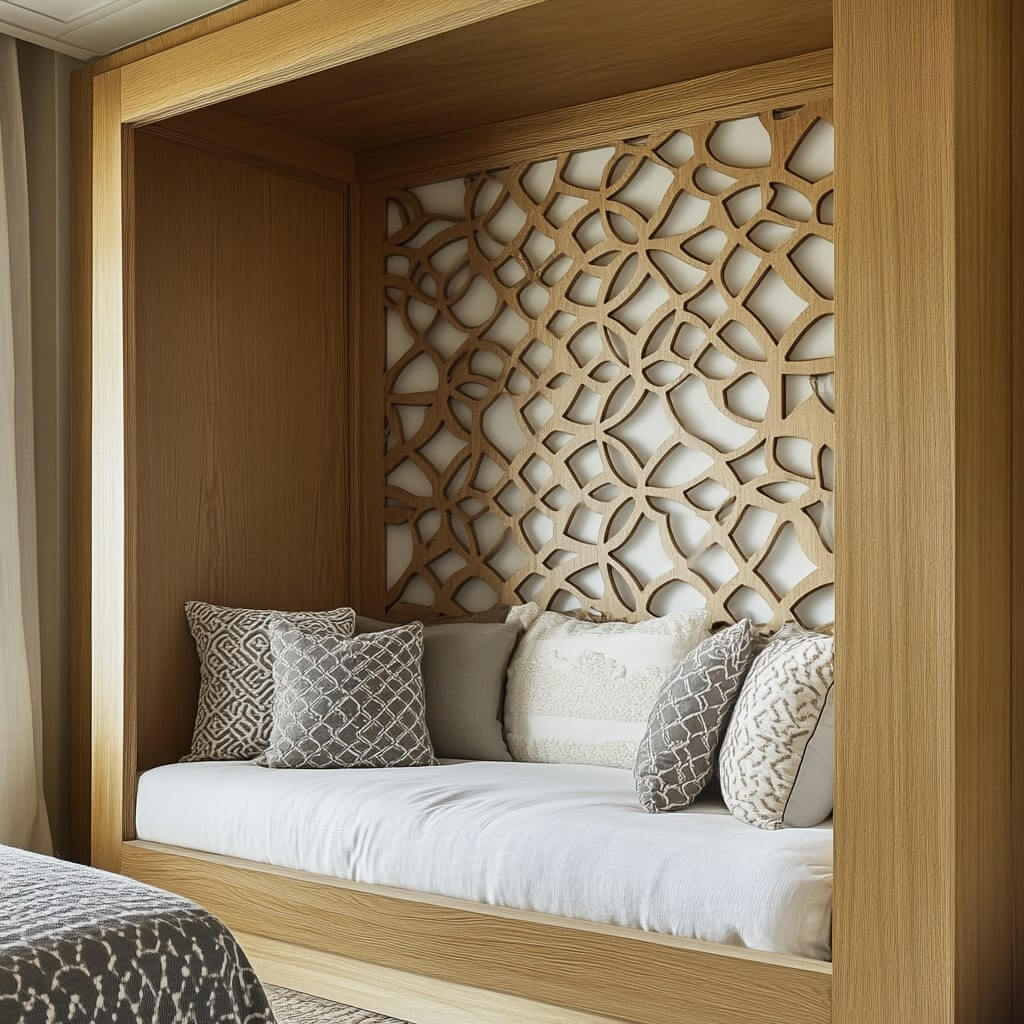
In a compact home or CNC studio layout, using strategically designed CNC panels helps guide the eye’s movement. Instead of filling every wall, place one panel at the entry or behind the headboard. This approach avoids clutter while still delivering character.
Conclusion
CNC design is not about showing off complexity. It is about a quiet impact. A thoughtful panel in the right place can shift how a room feels, how light moves, or how spaces breathe. Whether it is a screen that softens a transition, a ceiling that glows just enough, or a kitchen partition that offers privacy without closing you in, CNC cutting design finds its strength in restraint.
The beauty lies in its ability to adapt easily. Materials change, patterns evolve, and functions overlap, but what stays constant is its ability to blend craft with purpose.
If you are planning a space that deserves more than off-the-shelf solutions, connect with Interior Company. Let our design team help you bring custom CNC elements into your home, measured, made, and meant just for you.
*Images used are for representational purposes only. Unless explicitly mentioned, the Interior Company does not hold any copyright to the images.*
